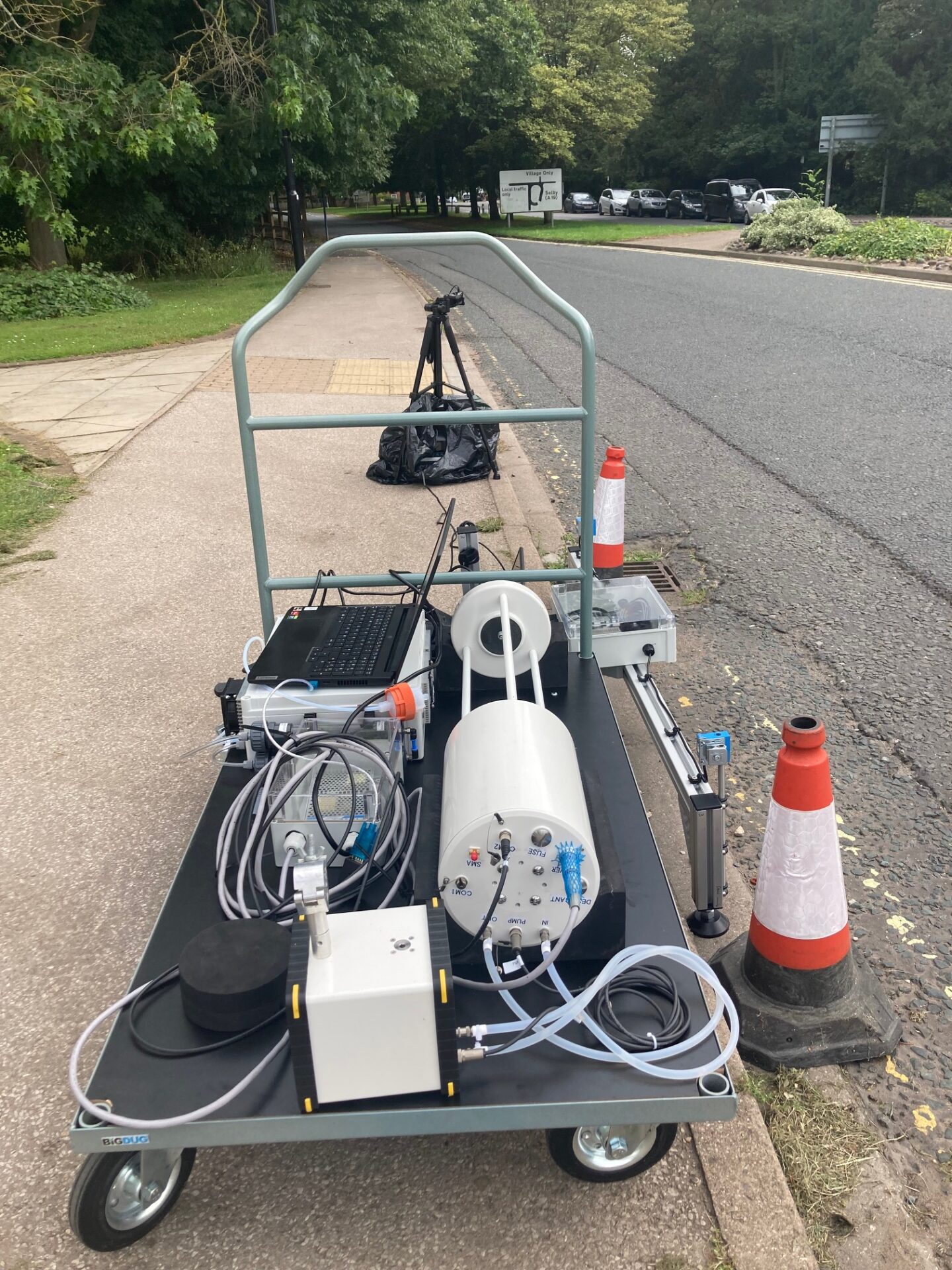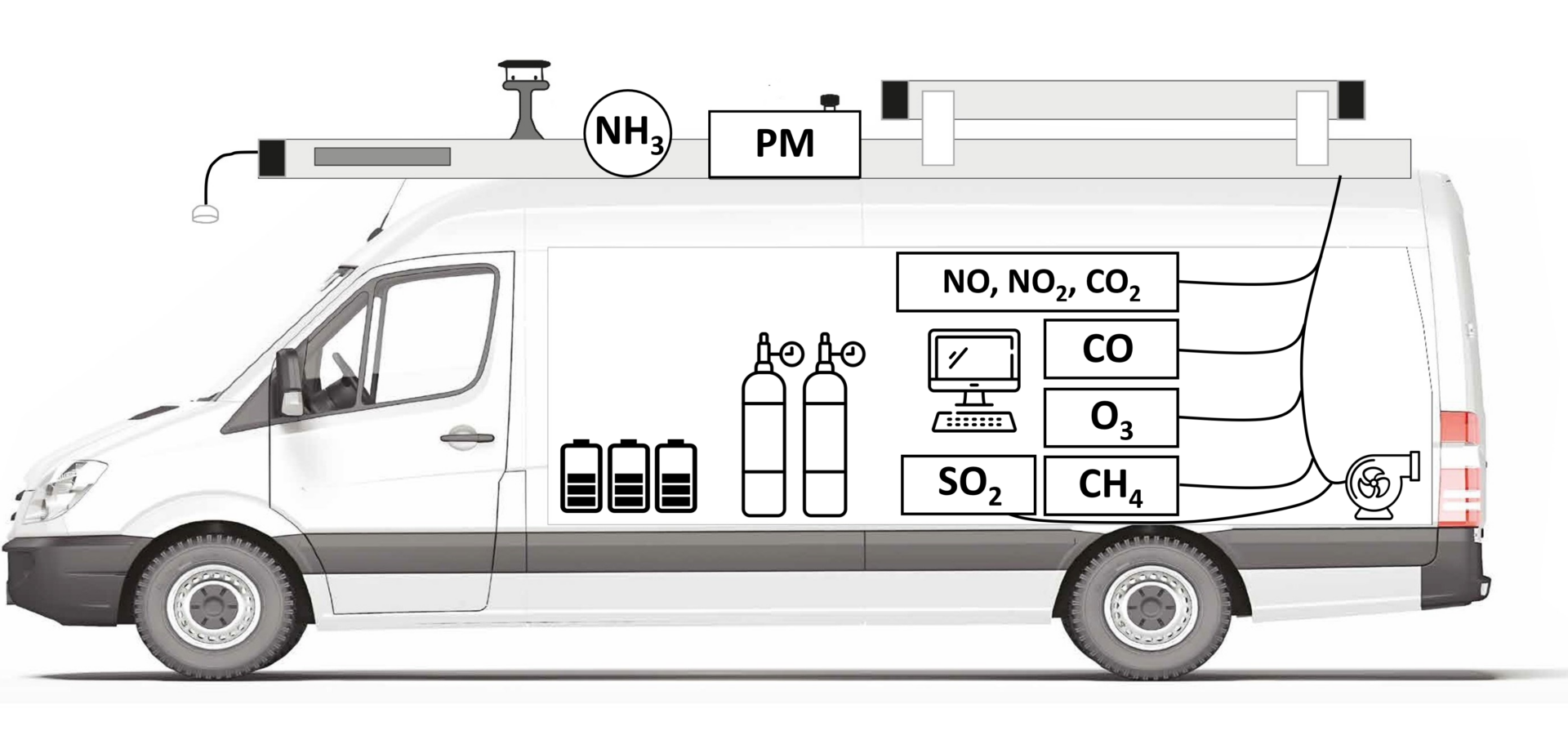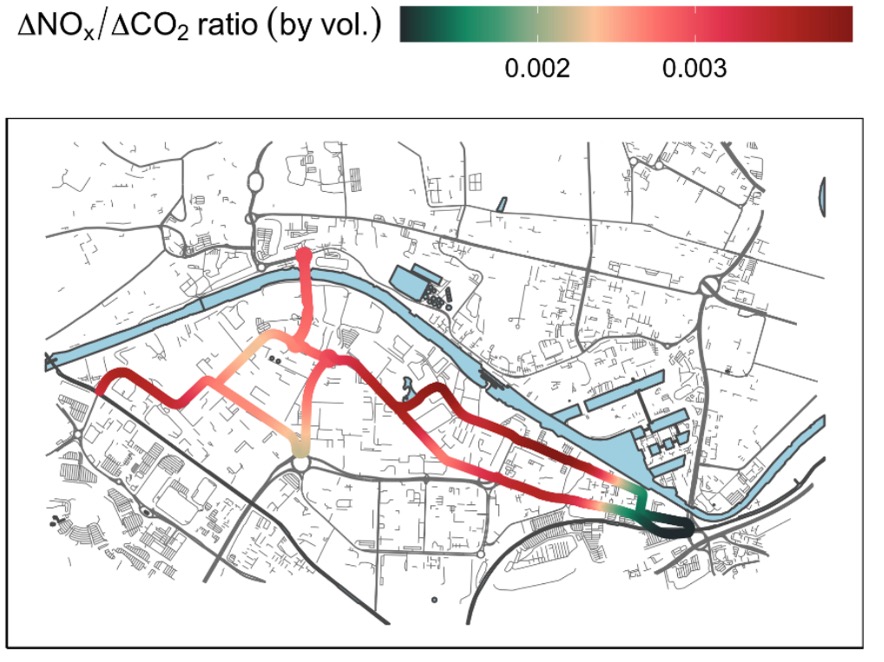Development of improved and targeted quantification of ammonia emissions
Introduction
Ammonia (NH3) has an ever-growing influence on air pollution in the UK and worldwide with numerous considerable impacts such as the formation of secondary particles (now the dominant contribution), nitrogen deposition and eutrophication. Despite the importance of NH3, emissions of NH3 are highly uncertain. The need to reduce NH3 emissions in Europe as part of controlling the long-range transport of air pollution is well-established through international commitments. While emissions of other pollutants that are also controlled internationally such as NOx, SOx and PM2.5, NH3 arguably poses the greatest challenge to effectively control. Moreover, while the emissions and concentrations of most other key pollutants have decreased over the past two decades, emissions of NH3 have not and may even increase in future as the climate warms. This project aims to significantly improve the quantification of NH3 emissions in the UK through targeted measurements using a mobile laboratory.
Underpinning these issues is the weak evidence related to NH3 sources in terms of their magnitude, spatial and temporal distributions. The lack of robust evidence in this area is a major limitation in understanding of current and future impacts of NH3 emissions in the UK and beyond; and is out of step with the current evidence available on emissions and concentrations. For example, the main UK NH3 network only provides monthly average data which is not sufficient to develop a good understanding about sources of NH3. As the health evidence related to the adverse effects of air pollution continues to strengthen, there will be more focus on controlling particulate precursors such as NH3. However, any current or future policies aiming to control NH3 emissions will need to be based on robust information on the emission source strength from numerous types of sources e.g. including agriculture and combustion sources.
Aims of the PhD
The project will use a dedicated new, highly capable instrument for measuring NH3 in the atmosphere based on a Quantum Cascade Laser Absorption Spectroscopy. The short open-path instrument will be added to the mobile laboratory for making fast (up to 10 Hz) measurements of NH3. The instrument also has the capability of making atmospheric flux measurements to quantify area source emissions.

Figure: The short open-path quantum cascade laser for measuring ammonia, shown on the right.
The PhD project will make use of the Wolfson Atmospheric Chemistry Laboratories (WACL) mobile laboratory to develop and refine methods for NH3 emissions quantification and develop an improved understanding of the spatial distribution of ambient concentrations. The mobile laboratory has the potential to measure a wide range of air pollutants and greenhouse gases including NOx, NO2, CO, SO2, particulate matter (at a range of sizes) CH4 and CO2. The addition of NH3 measurements would provide a rich suite of multipollutant data and considerably enhance the ability to characterise and quantify a wide range of sources e.g. related to combustion and non-combustion emissions. The fast response measurement of multi pollutant data has the potential to provide a much-improved basis for source differentiation.
The student will have the opportunity to design experiments to tackle these challenges, supported by the research group. The project aims to better characterise urban concentrations of ammonia and accurately quantify ammonia emission sources, ultimately leading to new evidence for reducing particle pollution in the UK and further afield.

At York, considerable progress has been made in developing improved quantitative techniques for mobile measurement data; mostly focused on vehicle emissions quantification. This is an important area of research and has enormous scope for further progress. While it is challenging to develop new techniques for the analysis of mobile / spatial data, a focus on this area is likely to yield new approaches that would be of interest internationally, and which could be applied to a wide range of problems. While developments have been made to better quantify vehicle emissions using mobile measurements, much less progress has been made at identifying discrete sources both in urban and rural settings. The project will also use inverse air quality modelling using a local scale dispersion model to locate and quantify different discrete sources through plume transect measurements.
Figure: The WACL mobile laboratory can be equipped with a wide range of star-of-the-art instruments.

Figure: Part of the PhD will be to develop better techniques for the analysis of mobile measurements, including coupling with atmospheric models to better-quantify emissions.
The type of activities the student would be involved with include:
- High resolution measurements of atmospheric concentrations of ammonia
- Targeted emission measurements including stationary measurements from mobile sources and mobile measurements for point sources.
- Flux measurements for area-type sources.
- Learning to use an advanced air quality model to support the quantification of ammonia emissions.
- Development of data analysis techniques for emissions quantification using R software where the group has considerable expertise e.g. openair.
Benefits to student
The student would join one of the UK’s leading centres for atmospheric research. The PhD would offer broad training and experience covering instrument use, development of mobile measurement capabilities through fieldwork, and a strong emphasis on developing excellent analysis and data interpretation skills for developing new insights. The confirmed CASE partner, Ricardo, is the UK’s largest consultancy for air quality and which leads many large national and international projects related to air pollution, including the measurement and modelling of NH3. As a CASE-supported PhD, Ricardo will enhance the stipend by £1000 per year and support regular visits to Ricardo offices where there will be the opportunity to develop wider skills and experience, which would help support future career development.
Skills and training developments:
- Atmospheric measurements, experiment design, instrument development
- Data analysis methods/R, spatial data, software development
- Air pollution modelling using the CERC ADMS model
- Working with others at WACL – not only the facilities but also several research groups in the same building with a range of expertise and a good mix of science, engineering and computing skills. Instrument design/development done in-house.
- Working with Ricardo to further broaden experience and career opportunities.
The results from this project would be of direct interest to organisations such as Defra and the Environment Agency who are responsible for regulating both emissions and concentrations of air pollutants in the atmosphere, giving the student experience in the importance of this research for policy-makers. It would be anticipated that the outputs from this project would provide invaluable new information to the National Atmospheric Emissions Inventory (NAEI), where the uncertainties of NH3 emissions is well-recognised, and several strong journal publications.
